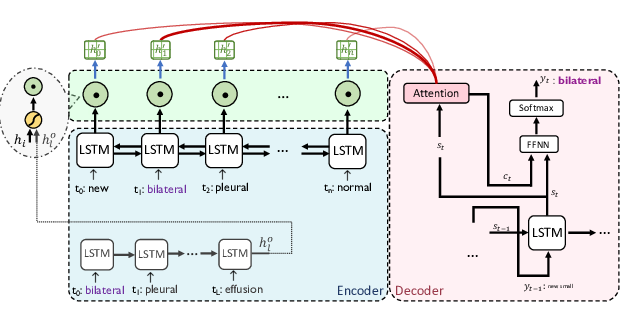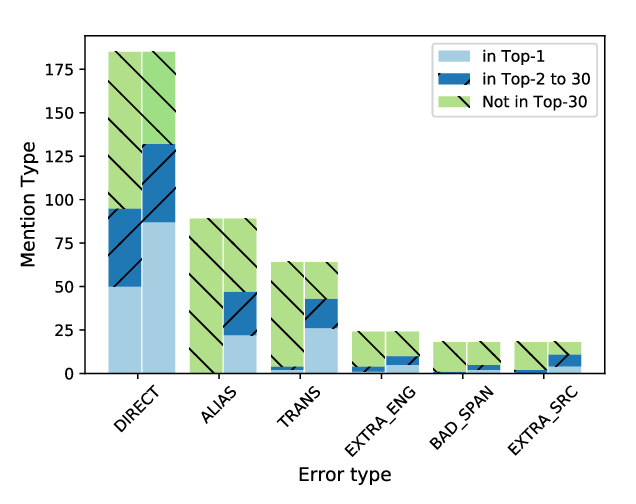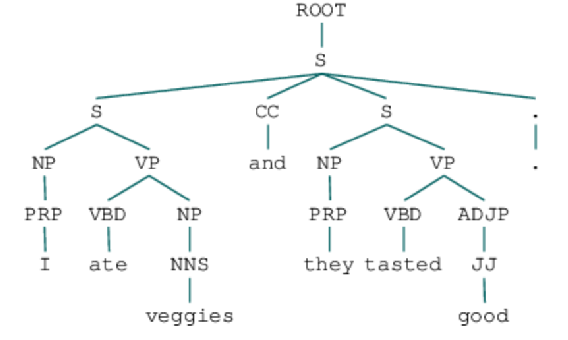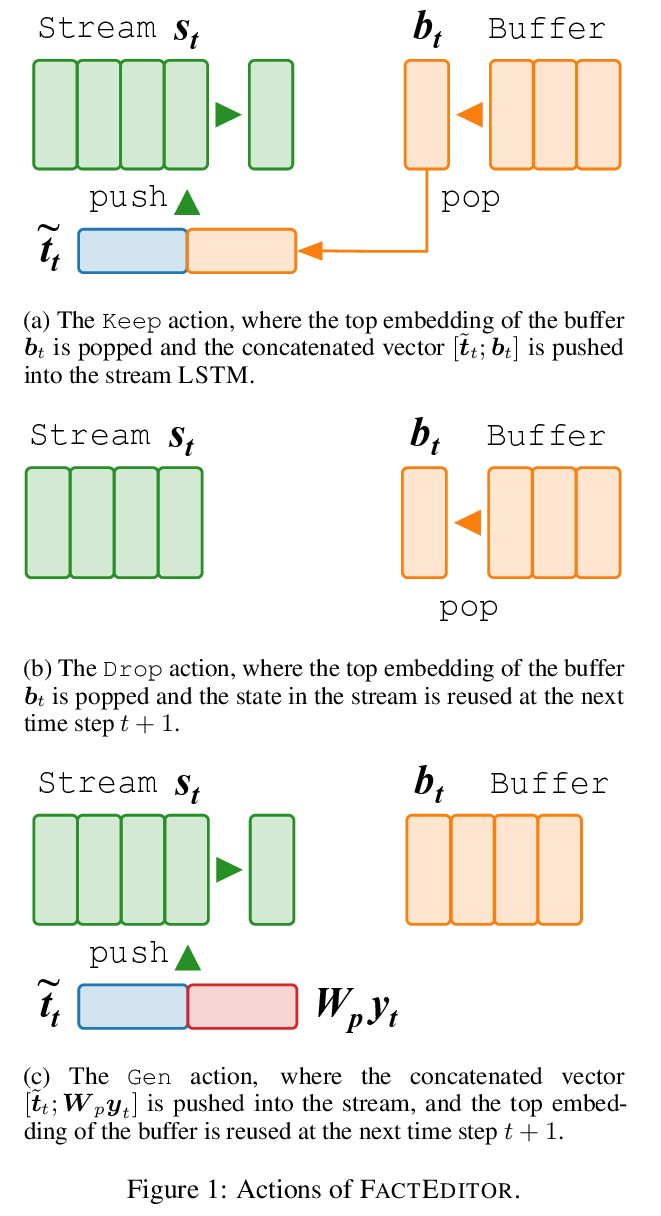Simple and Effective Retrieve-Edit-Rerank Text Generation
Nabil Hossain, Marjan Ghazvininejad, Luke Zettlemoyer
Generation Short Paper
Session 4B: Jul 6
(18:00-19:00 GMT)

Session 5A: Jul 6
(20:00-21:00 GMT)

Abstract:
Retrieve-and-edit seq2seq methods typically retrieve an output from the training set and learn a model to edit it to produce the final output. We propose to extend this framework with a simple and effective post-generation ranking approach. Our framework (i) retrieves several potentially relevant outputs for each input, (ii) edits each candidate independently, and (iii) re-ranks the edited candidates to select the final output. We use a standard editing model with simple task-specific re-ranking approaches, and we show empirically that this approach outperforms existing, significantly more complex methodologies. Experiments on two machine translation (MT) datasets show new state-of-art results. We also achieve near state-of-art performance on the Gigaword summarization dataset, where our analyses show that there is significant room for performance improvement with better candidate output selection in future work.
You can open the
pre-recorded video
in a separate window.
NOTE: The SlidesLive video may display a random order of the authors.
The correct author list is shown at the top of this webpage.
Similar Papers
Attend to Medical Ontologies: Content Selection for Clinical Abstractive Summarization
Sajad Sotudeh Gharebagh, Nazli Goharian, Ross Filice,

Improving Candidate Generation for Low-resource Cross-lingual Entity Linking
Shuyan Zhou, Shruti Rijhwani, John Wieting, Jaime Carbonell, Graham Neubig,

Iterative Edit-Based Unsupervised Sentence Simplification
Dhruv Kumar, Lili Mou, Lukasz Golab, Olga Vechtomova,

